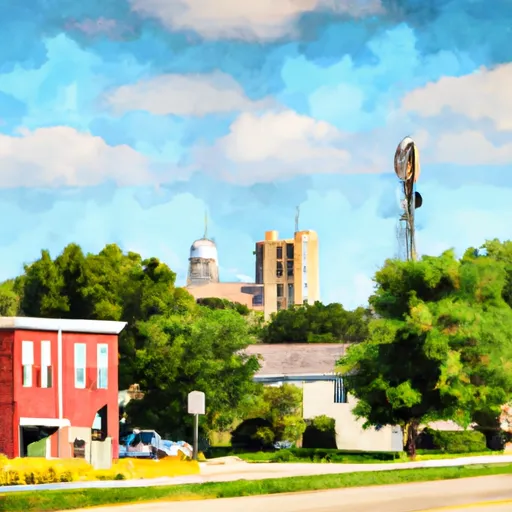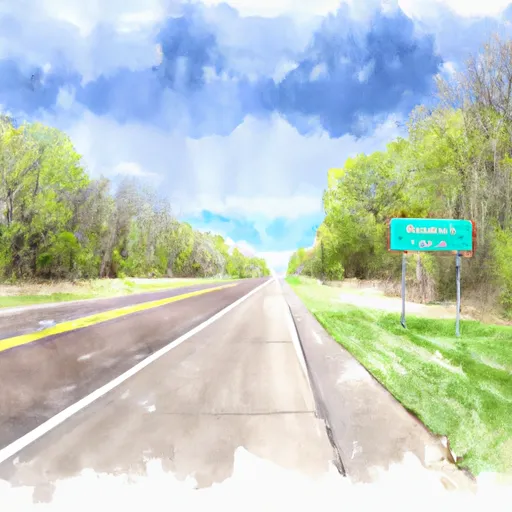°F
°F
mph
Windspeed
%
Humidity











Kimballton, Iowa is a small town located in Audubon County, in the heart of the Midwestern United States. The climate in Kimballton is characterized by cool winters and warm summers. The average temperature in January is around 20°F (-6°C), while in July it reaches an average of 77°F (25°C). Precipitation is relatively evenly distributed throughout the year, with an annual average of about 32 inches (81 cm).
Hydrologically, Kimballton is not known for any major rivers or lakes within its immediate vicinity. However, the region is dotted with small creeks and streams, providing opportunities for fishing, canoeing, and other water-based activities.
Outdoor enthusiasts will find a range of recreational opportunities in and around Kimballton. The nearby Elk Horn River Valley offers scenic hiking and biking trails, perfect for exploration and enjoying the natural beauty of the area. Additionally, Lake Anita State Park, just a short drive away, provides opportunities for camping, swimming, boating, and fishing. With its serene rural setting and access to outdoor activities, Kimballton offers a peaceful retreat for nature lovers and those seeking an active lifestyle.
Weather Forecast
Kimballton receives approximately 851mm of rain per year, with humidity levels near 84% and air temperatures averaging around 10°C. Kimballton has a plant hardyness factor of 5, meaning plants and agriculture in this region thrive during a short period during spring and early summer. Most plants will die off during the colder winter months.
Regional Streamflow Levels
55
Cubic Feet Per Second
165
Cubic Feet Per Second
24,000
Cubic Feet Per Second
28
Cubic Feet Per Second
Nearby Camping
| Camping Area | Reservations | Toilets | Showers |
|---|---|---|---|
| Pioneer City Park | |||
| Viking Lake State Park | |||
| Pilot Grove Co Park | |||
| Cocklin Fish Farm | |||
| Hacklebarney Woods County Park | |||
| Cold Spring Park |



